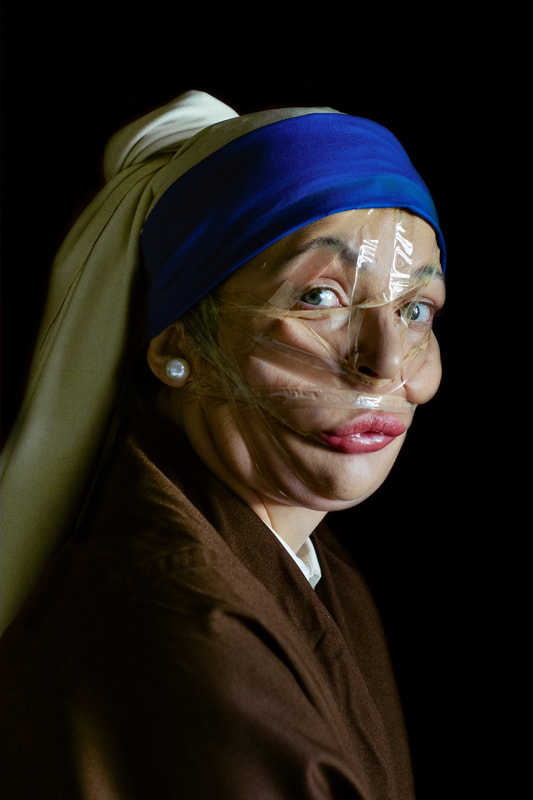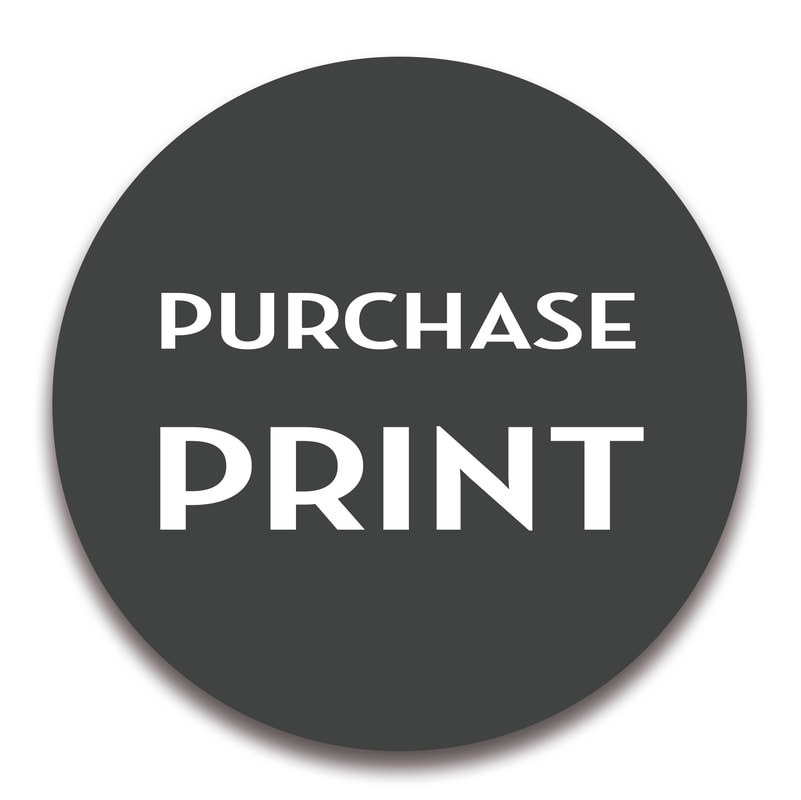The motivation of Giowanella, is related to expressing personal matters, questioning situations that bothers her or that affects society in general |
an article written by Mona Lisa Abramovich
The creative motivation of Brazilian artist Giowanella (b. 1986), is related to expressing her personal matters, questioning and criticizing situations that bothers her or that affects society in general. Giowanella wants her work to be a free space for dialogue about uncomfortable things, whose reflection and discussion are necessary. The roots of Giowanella are in theatre and the desire to tell stories. Using photography as a form of personal expression, Giowanella found a fertile environment in which to express herself in the overflow of questions. As a legacy of her qualifications in theatre, Giowanella’s images have accentuated staging, with great visual and conceptual drama. Her work has a baroque visual aspect with moody atmosphere. Giowanella uses both manipulated digital and hybrid photography to express her questions of life.
To Giowanella, we are not only moved by beauty, but the ugly and the grotesque. Humans are made of light and shadow. Talking about pain is just as important as talking of joy. It can be upsetting and uncomfortable, but yet liberating. Giowanella is currently looking for unique images that speak to specific themes with the construction of broader and deeper projects that will socially relate to her surroundings.
The preferred media of Giowanella are fine art photography and hybrid photography, being the tools that provides the greatest freedom of creation. Giowanella uses self-portraits to build her narratives and express herself.
Giowanella likes to pre-think and plan out her work. When she chooses a subject, she does extensive research, creating a meaningful and consistent concept. Afterwards, she does all the visual creation and plan the production. But once the planning is over, Giowanella likes to make room for the unexpected and improvisation while photographing or editing the images. The works of Giowanella, never quite go as planned, and she believes that's the beauty of the creative process. Giowanella tries to avoid being rigid during the process, to indulge the discovery of possibilities and paths that are much richer than planned. The subjects of Giowanella, always come from discomfort. It can be related to a personal matter or something related to society. When she chooses a topic, Giowanella first works on her point of view and how she feels about it. Then, she broaden the discussion by seeking a basis in different sources, such as history, science, philosophy, and psychology.
In creating a great composition, Giowanella believes it is important to have a strong concept combined with visual elements that strengthen the narrative.Technique is important, but it cannot be above the message. These are elements that go hand in hand. You have to be open to learn, make mistakes, not be afraid to break the rules and choose unconventional paths. A good composition is not just about your technical excellence but about how it shows your voice and personality as an artist. Referring to other artists, Giowanella points her fingers at the Brazilian author and director Cleide Piasecki (b. 1960), from whom she learned all the theatre tools which she uses in her work and the importance of consistency and dialogue between work towards the public. Other major influences, consists of the Italian painter Michelangelo Merisi da Caravaggio (1571-1610), the Dutch painter Rembrandt (1606-1669), the Polish painter, photographer, and sculptorZdzisław Beksiński (1929-2005), the American fine art photographer Brooke Shaden (b. 1987), the French artist, painter, sculptor and performer Olivier de Sagazan (b. 1959) and the Austrian-Irish visual artist Gottfried Helnwein (b. 1948).
|
SUPPORTARTICULATE
www.articulate.nu SUPPORT Monday - Friday 8:00 - 16:00 [email protected] +45 30 48 19 81 Head Quarters VAT DK40953191 |
|











